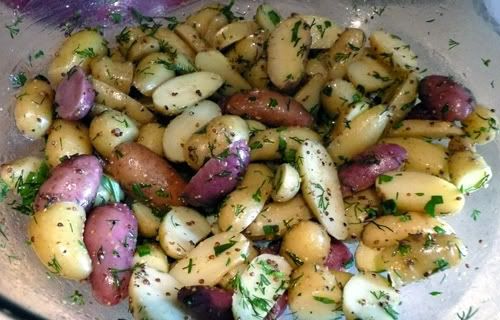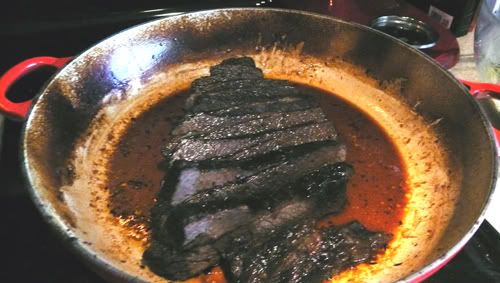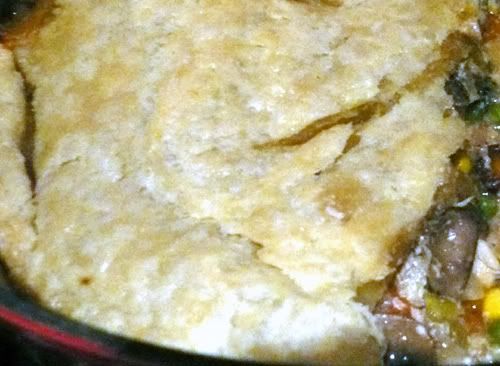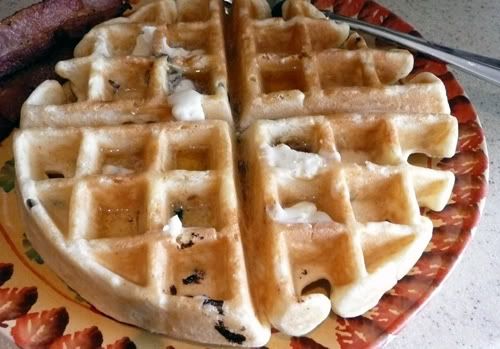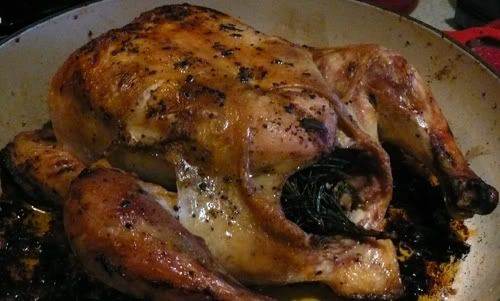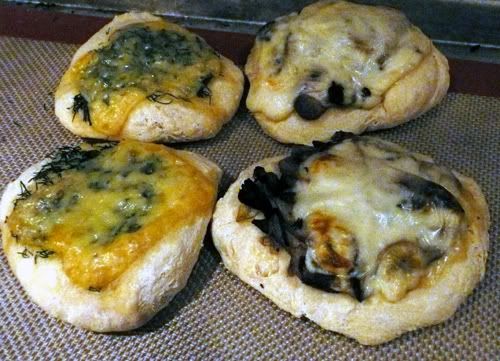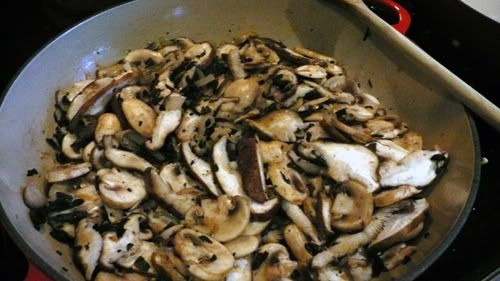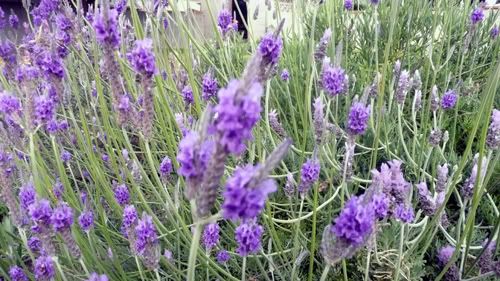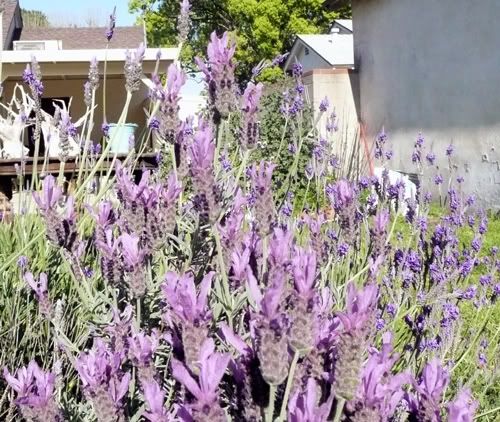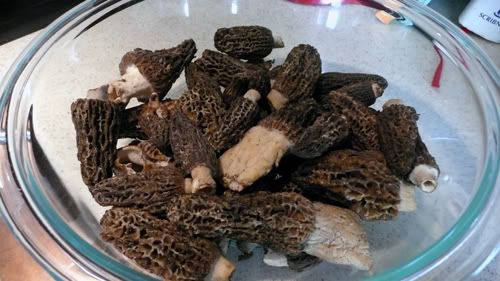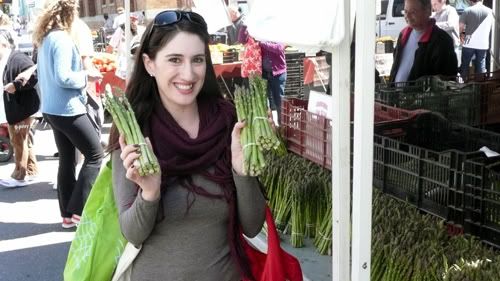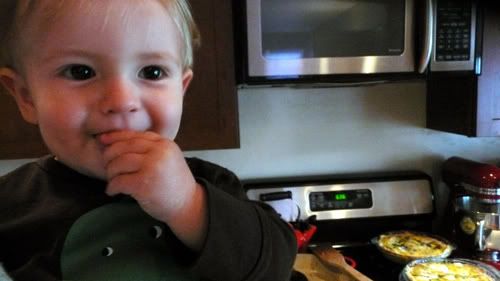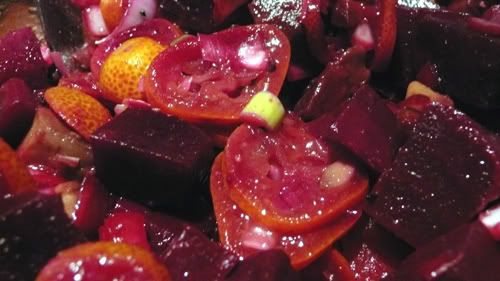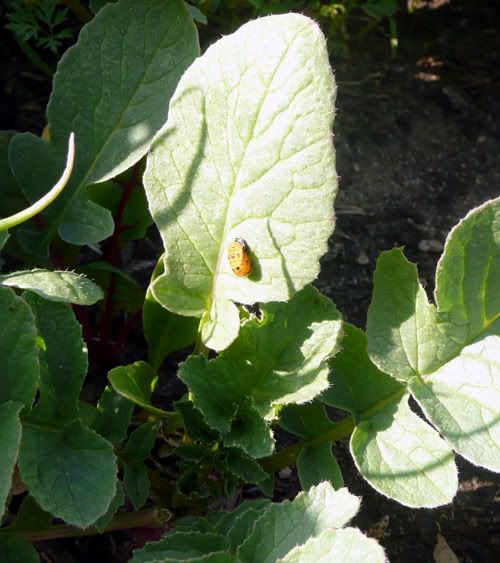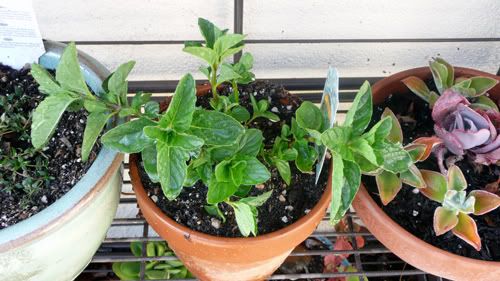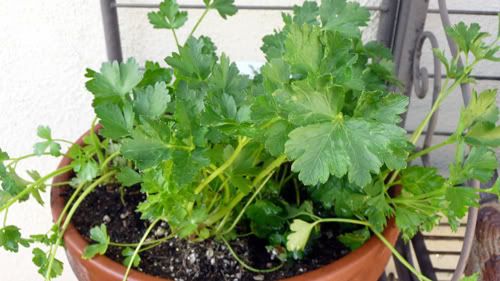
I was in such a frenzy when I bought the morels last week that I also bought a couple of fresh Oregon truffles; I know it seems insane to buy something like that, but I have whittled down my vices quite a bit in the past few years (having a baby will do that) so I felt I had a little room for an expensive food treat. One of the two truffles was still sitting in my fridge when I decided to make the mac and cheese last night and I figured what the hey, I've heard of truffled mac and cheese so maybe it's good. It was good, really really good, but honestly anything with this much cheese in it will be good so it's no big loss if you skip the truffle.
2 or 3 slices pancetta (optional)
2 tbs butter
3 tbs flour
4 c milk
1 lb fresh mozzarella
about 1/2 lb fresh ricotta
1/4 lb aged white cheddar
pecorino and parmesan to taste
1 lb pasta
1 truffle, chopped (optional!)
Heat the milk for 4 minutes in the microwave. The pancetta, as I've mentioned, is optional. If you're using it, chop it into small pieces and cook it until the fat renders and it's crispy. Reserve 1 tb of the fat and put it in the pot to use in the sauce. Melt the butter with the fat from the pancetta (if you're skipping the pancetta use one more tb of butter) and sprinkle the flour over it, letting it cook for a couple of minutes and whisking so there aren't any lumps. Pour in the hot milk and whisk again, and put the chopped truffle in too. Cook over low heat for about 10 minutes.
Boil the pasta for about two minutes less than the package directions. You want it to be very al dente, otherwise it will get gummy in the oven. Drain it and set it aside.
After your sauce has cooked, remove it from the heat and stir in your cheeses. You can break the mozz and ricotta into pieces; they're too soft to grate and if you have a few lumps that's okay. You can use whatever kind of cheese you want; I was going for an Italian kind of thing, but I included the Irish cheddar so there would be a little more bite-- mozzarella and ricotta are very mild and the saltier cheeses helped perk them up. Reserve some of the grated cheeses for the top. Season the cheese sauce with salt and pepper. Stir in the pasta and bake for about 30 minutes or until it is getting brown on the top.
Varitions: when I don't have a truffle on hand (which is practically always) I use about 1/4 tsp smoked Hungarian paprika in the cheese sauce. It's delish. For a slightly healthier version, use whole grain pasta. Barilla makes a nice whole grain pasta that doesn't taste wheaty and has lots of Omega-3s. To make it even healthier, substitute cooked plain cauliflower for half of the pasta.
